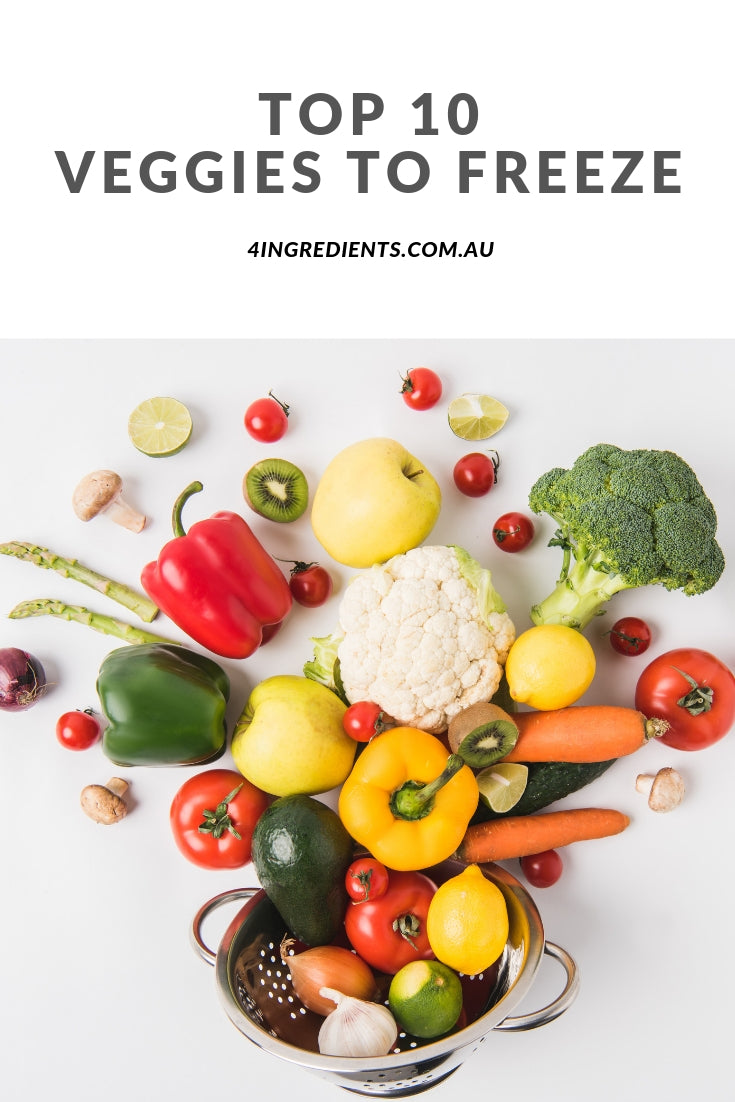DID YOU KNOW? In Australia, the government estimates food waste costs the Australian economy $20 billion each year (eeeeeeeeeeeeek!)
Freezing your veggies and fruit is a great way to avoid waste.
When fresh produce is in abundance and on sale, we tend to buy in bulk. Sometimes this means we tire of peaches before we eat all 16 bought in a bulk buy!
If like me, this is you, often I will buy in bulk and while the fruit is fresh and nutrient rich, I freeze a small portion immediately to ensure as many of the fruit’s nutrients are retained.
Similarly, when bananas are ripening faster than we are eating, peel and freeze. Frozen fruits can be used in delicious breakfast smoothies and vegetables added to stir-fries, sauces and risottos.
For the best results, always give fresh vegetables a quick blanch, drain and dry, freeze on lined trays (single layer) before placing into bags or containers removing all extra air. This gives the best chance of saving colour and flavour. For speed, wash and trim vegetables, separate into bags removing excess air, then seal and freeze immediately.
Our Top 10 Veggies to freeze are
Corn. Buy whole cobs of corn, remove the husks and cut the kernels from the cob. Baby corn freezes well in whole form.
Carrots. Carrots can be frozen whole, but for adding to stews, stir-fries and steaming, dice or slice to desired size before freezing.
Broccoli. Trim into florets, rinse, dry, bag and freeze.
Cauliflower. Rinse and freeze in portions or florets.
Beans / Snowpeas. Trim ends, remove strings, then cut into smaller pieces before freezing.
Peas. Shell, bag, freeze.
Zucchini/squash. Wash, cut and freeze.
Pumpkin. Peel and remove seeds. Cut the pumpkin into small pieces or cubes and freeze loosely to avoid freezing in clumps. Perfect for turning into pumpkin puree, mash or soup.
Sweet Potatoes / Parsnips. Peel, cube, par cook and freeze.
Onions. Onions can be diced or sliced and placed into smaller portions for use as needed.

